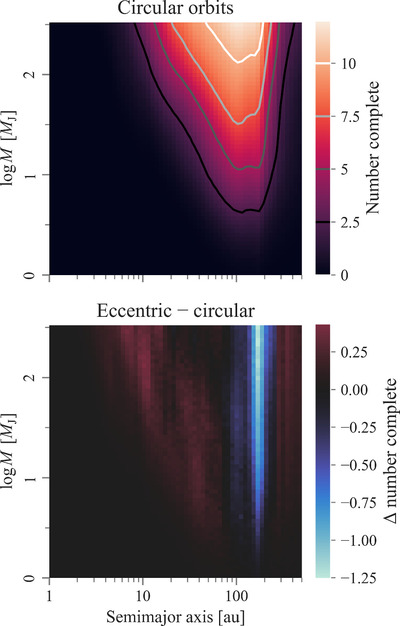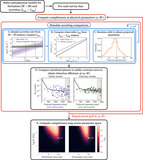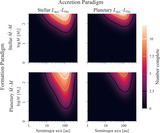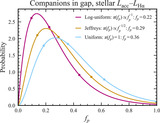Image Details

Caption: Figure 3.
Top: GAPlanetS completeness to companions assuming circular orbits, P(e) = δ0,e, using the planetary ﹩\dot{M}-M﹩ and stellar LHα−Lacc scalings. The color scale and contours are as in Figure 2. Bottom: difference in survey sensitivity when assuming orbital eccentricities following P(e) ∝ 2.1−2.2e (lower left panel of Figure 2) vs. assuming circular orbits, P(e) = δ0,e. The color bar shows the difference in the number of stars to which the survey is complete (out of 14); positive values indicate eccentric companions are easier to detect.
Copyright and Terms & Conditions
© 2025. The Author(s). Published by the American Astronomical Society.









